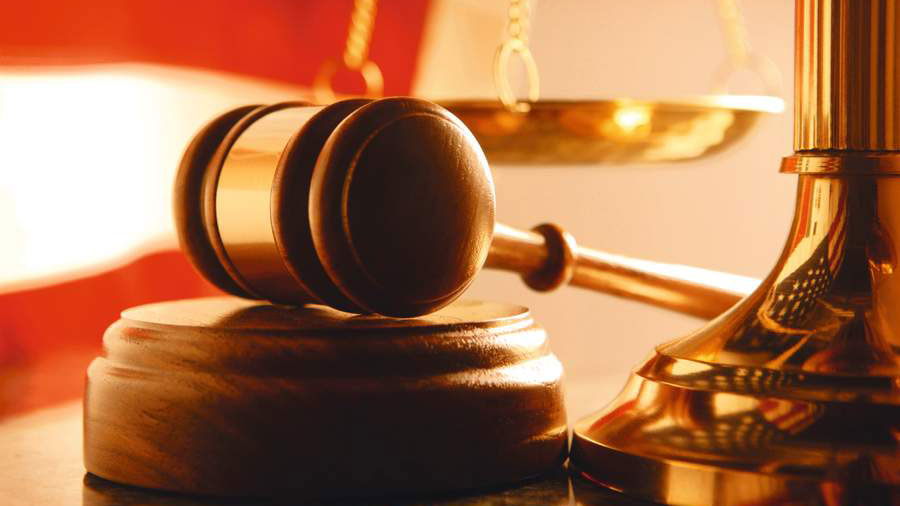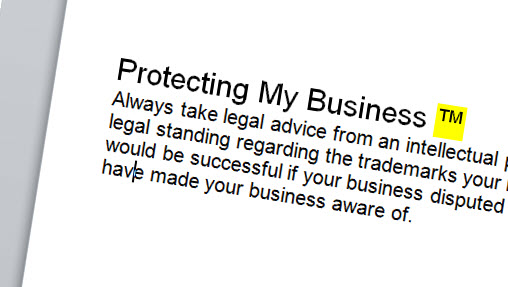How to trademark your ideas and products?
What is a trademark and how do I obtain one?

Your business and product names are essential parts of your business. They're the way you differentiate your business and products and they're a guarantee to your customers that they're getting a certain level of quality, so it's important that you keep them to yourself. One way of doing this is to trademark them.
What is a trademark?
A trademark is a way for your business to differentiate itself from others in its market sector. Trademarks tend to be logos or specific groupings of letters and numbers that consumers associate with particular goods or services. As trademarks can form a very important component of your business' brand it is vital that this is protected. For example RIM makers of the BlackBerry phone have their business name and their logo registered, as well as the BlackBerry name and logo and the Curve, Bold, Storm, Playbook and App World extensions, while Coca-Cola has trademarked nearly everything about their products from the name, to the logo, through to the distinctive hour-glass shaped bottle and their advertising messages like "Always Coca Cola".
Trademarks can be registered with the Intellectual Property Office (IPO). However, not all logos or other distinguishing designs can be registered as trademarks. As the IPO states, trademarks are not registrable if they:
- Describe your goods or services or any characteristics of them, for example, marks, which show the quality, quantity, purpose, value or geographical origin of your goods or services.
- Have become customary in your line of trade.
- Are not distinctive.
- Are three-dimensional shapes, if the shape is typical of the goods you are interested in (or part of them), has a function or adds value to the goods.
- Are specially protected emblems [see later].
- Are offensive.
- Are against the law, for example, promoting illegal drugs.
- Are deceptive. There should be nothing in the mark, which would lead the public to think that your goods and services have a quality, which they do not.
Additionally it's also not possible to trademark certain protected emblems and symbols including:
- Armorial bearings (coat of arms)
- Flags and other State emblems
- Official signs
- Hallmarks
- And the catchall other emblems
- Abbreviations and names of international inter-governmental organisations
Also, trademarks may not be registered with the IPO if they are also protected under any international agreements such as Article 6ter
How to register a trademark
Note that your business doesn't have to register its trademark. As the IPO states: "If you use an unregistered trademark, you will have certain rights under common law and you can use the TM symbol. However, it is easier to enforce your rights if you register your mark and use the ® symbol to indicate that it is registered. You need to pay a renewal fee every ten years."
If you decide that registration would be useful for your business, the process is straightforward. If you apply for registration online your business will be able to claim a discount on the standard fee of £30. Note, you can't alter your application after you have made your application, without making a new application and paying the fee again.
Are you a pro? Subscribe to our newsletter
Sign up to the TechRadar Pro newsletter to get all the top news, opinion, features and guidance your business needs to succeed!
Once registered, your business then has the right to use your mark on the goods and services in the classes for which it is registered. You also have the legal right to take action against anyone who uses your mark or a similar mark on the same, or similar goods and services to those that are set out in the registration.
How to check your trademark against trademarks already registered
The trademark that your business is applying for will be checked against the existing database of trademarks for any that are similar. You can quickly search trademarks worldwide using the free TMview service which contains data on over seven million trademarks from 27 trademark bodies worldwide.

Your trademark could also be challenged by other businesses if they feel your mark is too close to theirs. If you continue with your application, and lose the case against your registration, your business would be liable for all costs.
In addition, the IPO also offers this advice about protecting trademarks in other parts of the world:
If you want to register your mark in countries other than or as well as the UK you can protect it in more than one country using a single application.
- To register in Europe, you can apply for a European Community trademark with the Office for Harmonisation in the Internal Market (OHIM).
- You can also register your trademark in certain countries by applying to the World Intellectual Property Organisation (WIPO).
- For certain countries, you cannot apply to WIPO. In these cases you will need to apply separately in each country where protection is required.
You should be aware of the effects of the international trademark systems even if you do not want to register your mark outside the UK. For example, you will need to oppose a European Community trademark that clashes with your own UK trademark if you want to stop the European Community mark being valid in the UK.
When your trademark has been granted your business must then protect this component of its intellectual property. You can do this via the IPO with what is called a caveat. Your business can use a caveat to check the progress of its trademark application that could take several months to complete, and also use the caveat to check whether another business has objected to your application. More detailed information can be supplied, but your business would have to use the paid caveat service for this.
Trademarks can be an essential component of your company's branding. Your business doesn't have to register its trademark, but without registration it would be more difficult to defend your trademark against any other trademarks that are going through registration that your business thinks are too close to yours.
Always take legal advice from an intellectual property solicitor if you are unsure of your legal standing regarding the trademarks your business uses, and whether any litigation would be successful if your business disputed a new trademark registration that the IPO have made your business aware of.